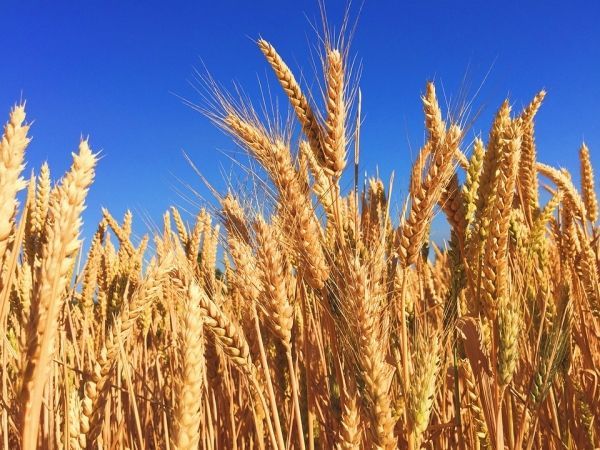A high grain yield is undoubtedly a desirable trait in cereal crops. Floret fertility is a key factor which determines the number of grains per inflorescence of cereals such as bread wheat or barley. Nonetheless, until recently little was known about its genetic basis. Whilst investigating floret fertility, a group of researchers from Japan, Germany and Israel have now discovered the locus Grain Number Increase 1 (GNI1), an important contributor to floret fertility. Even though the consequent gene GNI-A1 itself results in a lower grain yield, the researchers showed that its mutation, the reduced-function allele of GNI-A1, leads to an increased number of fertile florets and to a higher grain count. Due to this positive effect, the mutated allele has been under selection over the course of wheat domestication.
The large tribe of Triticeae encompasses several important cereal crops, including bread wheat (Triticum aestivum L.) and barley (Hordeum vulgare L.). One of the major outcomes of the domestication process of selected Triticae species has been the increased number of grains per inflorescence in modern cultivars – due to a boost in the crop’s floret fertility.
All Triticeae plants produce an unbranched inflorescence, referred to as a spike. In wheat, the spike is made up of several spikelets, which each generate an indeterminate number of grain-producing florets. At the floral developmental stage called “white anther”, each wheat spikelet normally produces up to 12 potentially fertile floret primordia. However, more than 70% of the florets abort during their development. Whilst it is known that the number of grains set per spikelet is determined by the fertility of each floret, the genetic basis for floret fertility was recently still widely unidentified. An international group of researchers, including several scientists from the Leibniz Institute of Plant Genetics and Crop Plant Research (IPK Gatersleben), have now collaborated in an effort to decode the genetic basis of floret fertility in wheat.
Read more at Leibniz Institute of Plant Genetics and Crop Plant Research
Photo Credit: Free-Photos via Pixabay


